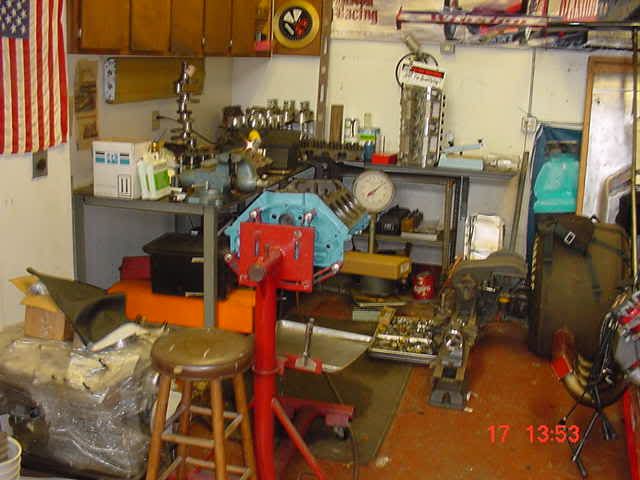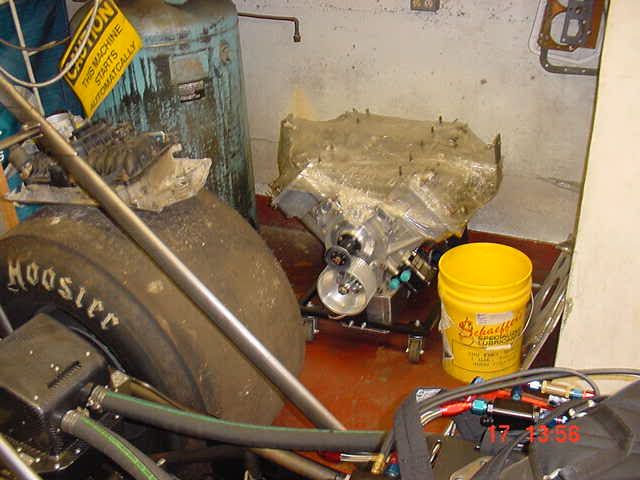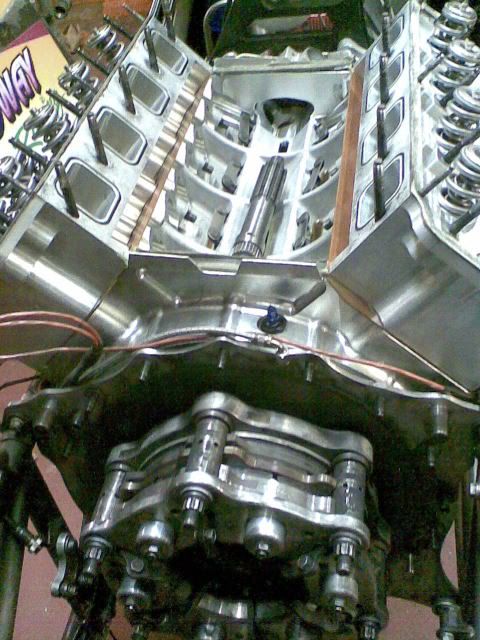Ed Haywood
En-Route
I think you could make a reasonable case there there is a missing category of regulatory regime for aircraft, parts, and maintenance in between LSA/EAB and Certified. Does my 2 seat tube and fabric certified taildragger really require instruments with the same design and production standards as the avionics for a King Air charter aircraft? Does the mechanic on a 4 seat spam can really need to know how to maintain turbine engines, APU's, and pressurized cabins? Does a Cessna 152 really need LED nav/strobes costing a thousand dollars?
Last edited:




